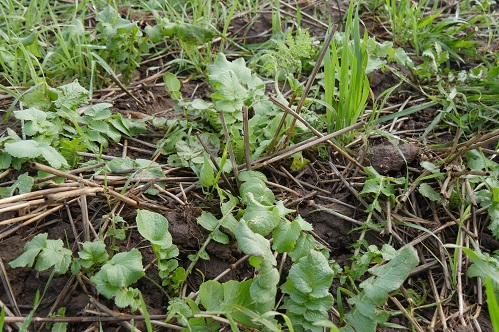- Home
- Knowledge library
- Sow soon to fill summer grazing gap
Sow soon to fill summer grazing gap
Deep-rooting crops that are good to fill the summer grazing gap also help improve soil structure and fix nitrogen. Traditional short-term crops are the brassicas – a small seed, needing a soil temperature of about 10°C, sown at the end of April/early May and ready for grazing after two months.
They fill the grass gap but, to avoid milk taint, shouldn’t supply more than 25% of daily intake for milking cows. A mix of drought-tolerant plants for drier farms and lighter soils these days includes plantain, chicory, red clover, and white clover. Most are sold as a companion to perennial ryegrass and may include some lower output grasses such as Timothy, meadow fescue or Festulolium which, although lower in energy, are persistent.
Remember that herbs and legumes like slightly warmer soil temperatures and grow throughout summer. They have a denser, deeper rooting system and a waxier leaf that isn’t prone to desiccation.
Herbs are slower growing and not all are persistent species, so get a balance in how you put mixes together. Plantain and chicory are competitive, with good early vigour and establish well. Others are less competitive and don’t provide enough biomass when properly established to contribute to the sward.
For more information see:

Topics:
Sectors:
Tags:

